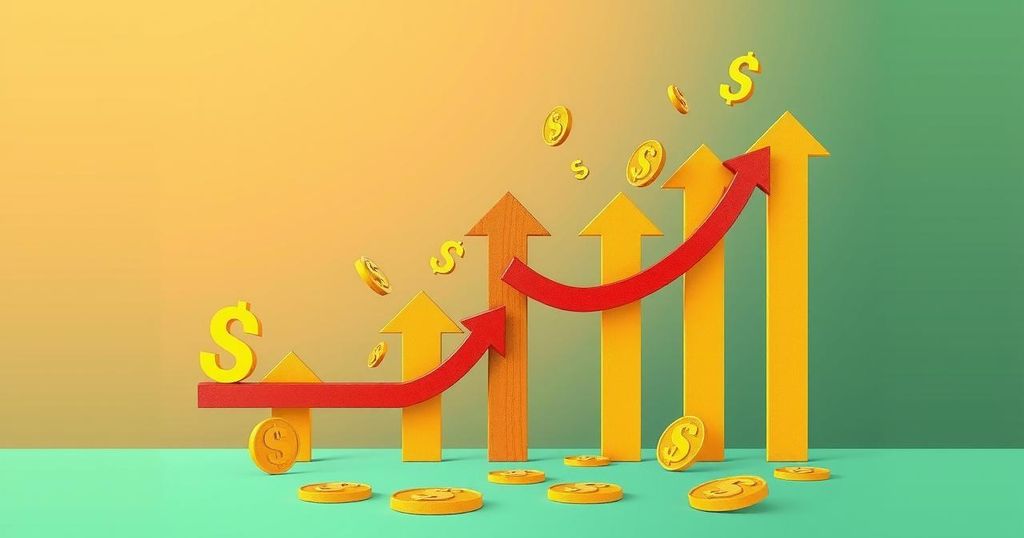Argentina’s monthly inflation in February rose to 2.4%, matching predictions, while the annual rate decreased to 66.9%. The Milei administration has made progress in controlling inflation from near 300% last year, though stubborn rates persist. Future forecasts indicate a potential drop in inflation to 23.3% by 2025.
In February, Argentina’s monthly inflation rate increased to 2.4%, aligning with analyst forecasts, according to data from the INDEC statistics agency published on Friday. This rise marks an uptick from January’s rate of 2.2%. The annual inflation rate for the twelve months ending in February stood at 66.9%, a decrease from the 84.5% noted in the previous month, although it exceeded the anticipated figures from analysts surveyed by Reuters.
The government’s approach under President Javier Milei, characterized by libertarian economic policies, has aimed to mitigate extreme price increases and has shown some progress in recent months. However, inflation has remained relatively stagnant, fluctuating between 2% and 3%. Milei’s administration has transitioned inflation rates from nearly 300% early last year down to double digits, despite the implementation of stringent and controversial austerity measures, which have ignited widespread protests.
Looking forward, the government plans to relax capital controls. Analysts projecting inflation for Argentina’s economy, the second largest in South America, anticipate a decrease to 23.3% by the end of 2025, reflecting continued efforts to stabilize the economy and improve financial conditions.
In summary, Argentina’s monthly inflation rate rose to 2.4% in February, corresponding with analyst predictions, while the annual rate declined to 66.9%. The Milei administration has made strides in controlling inflation from multi-hundred percent levels, though challenges remain with persistent inflation rates and social unrest from austerity measures. Future forecasts suggest a promising reduction in inflation by 2025.
Original Source: www.tradingview.com




